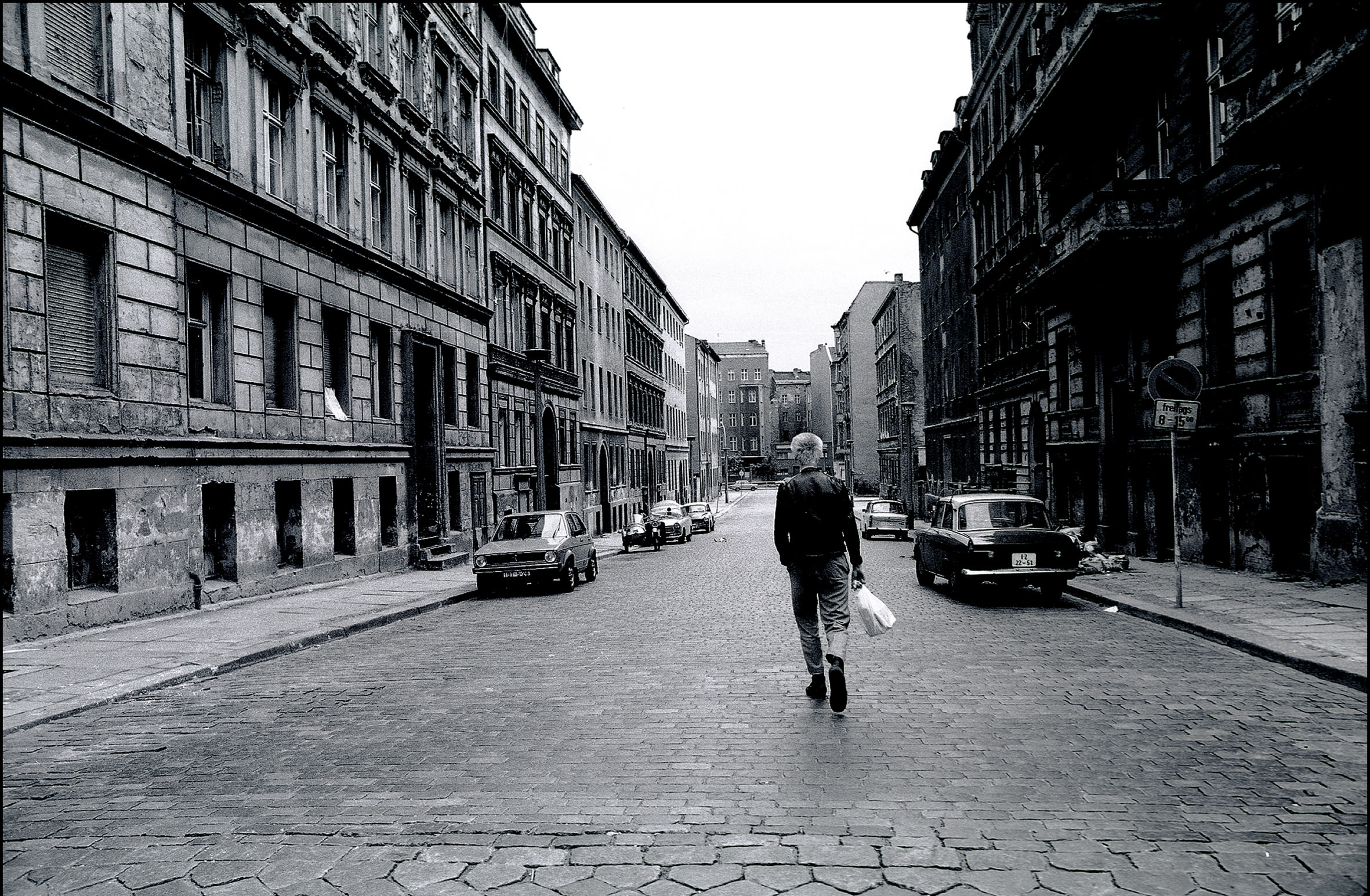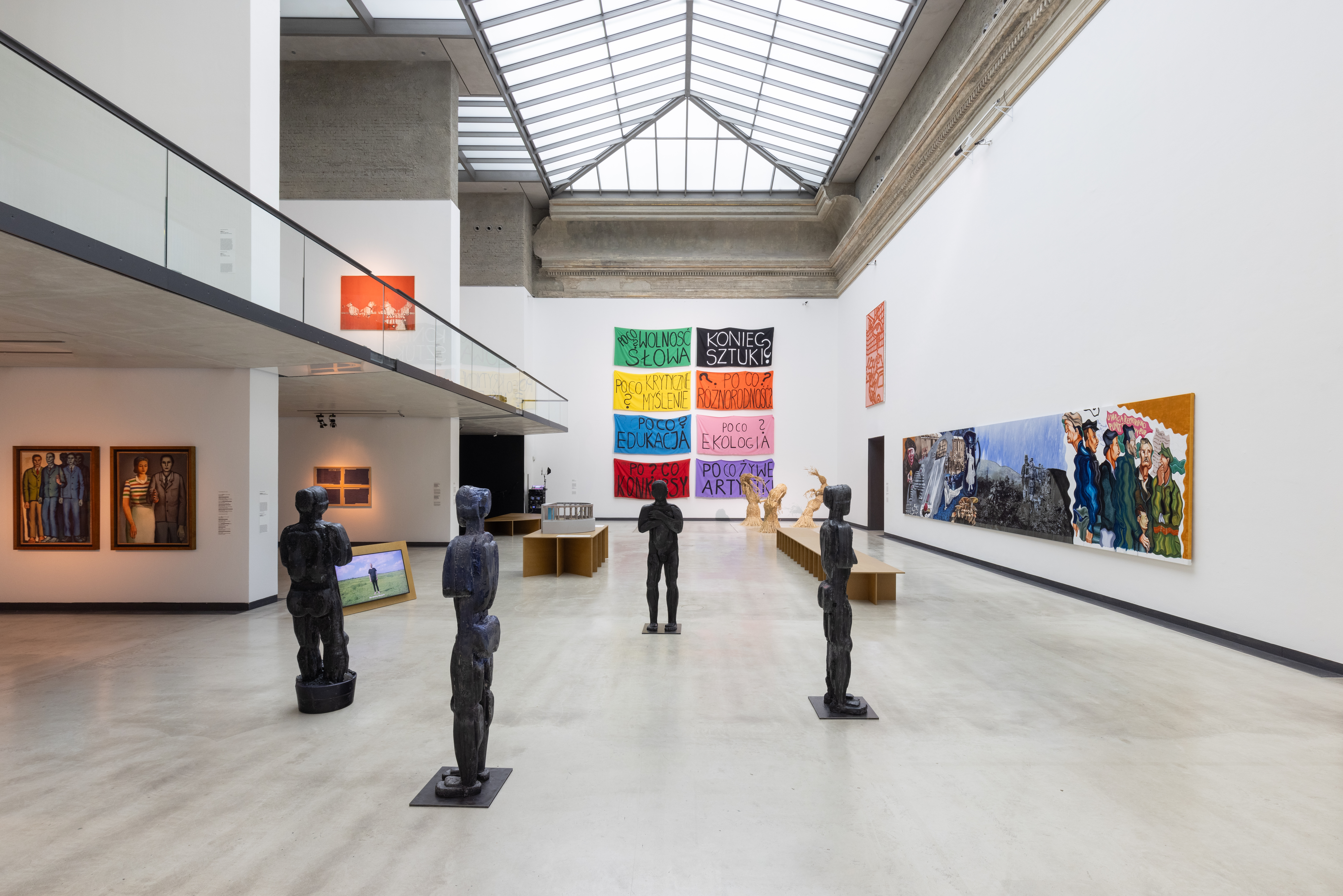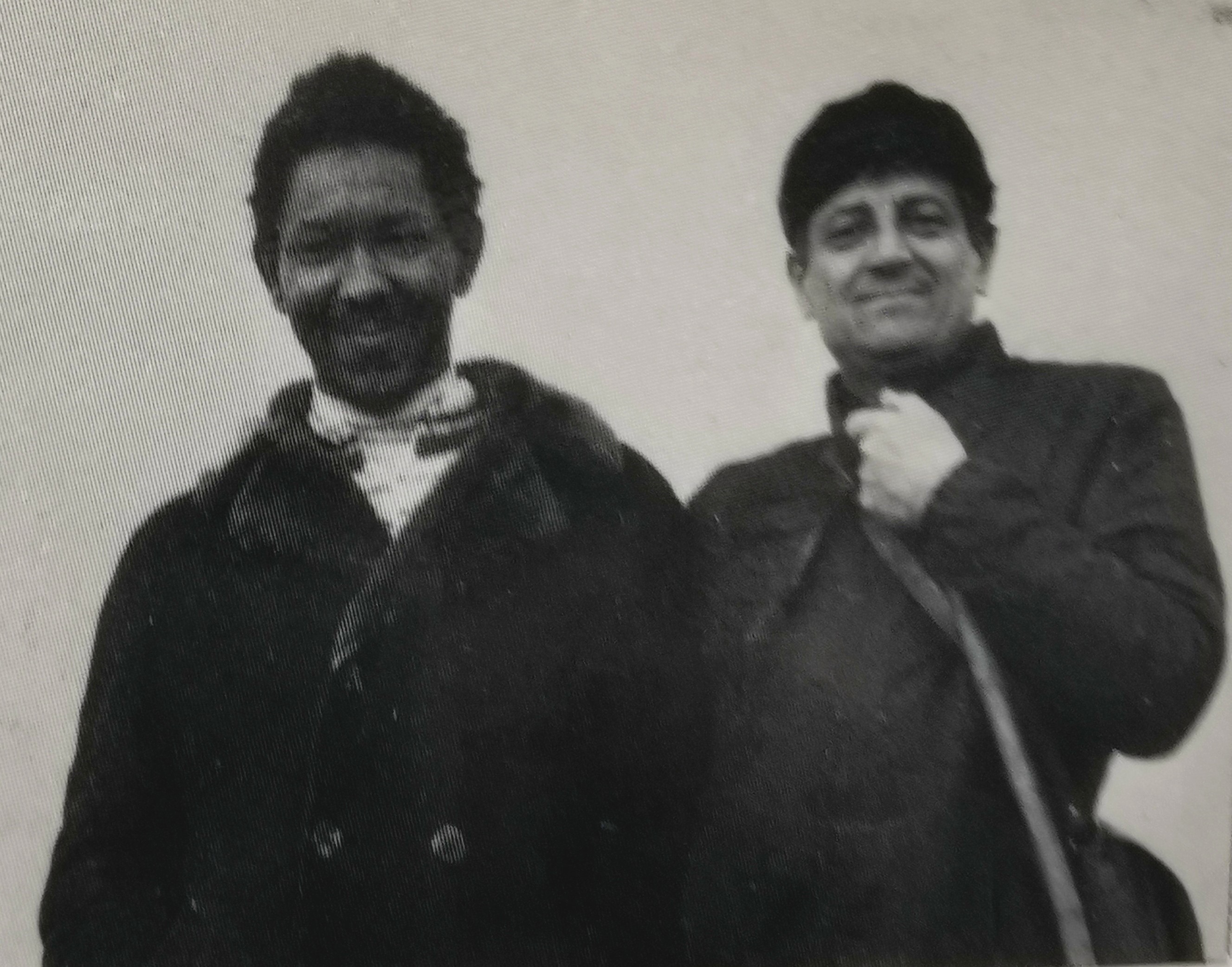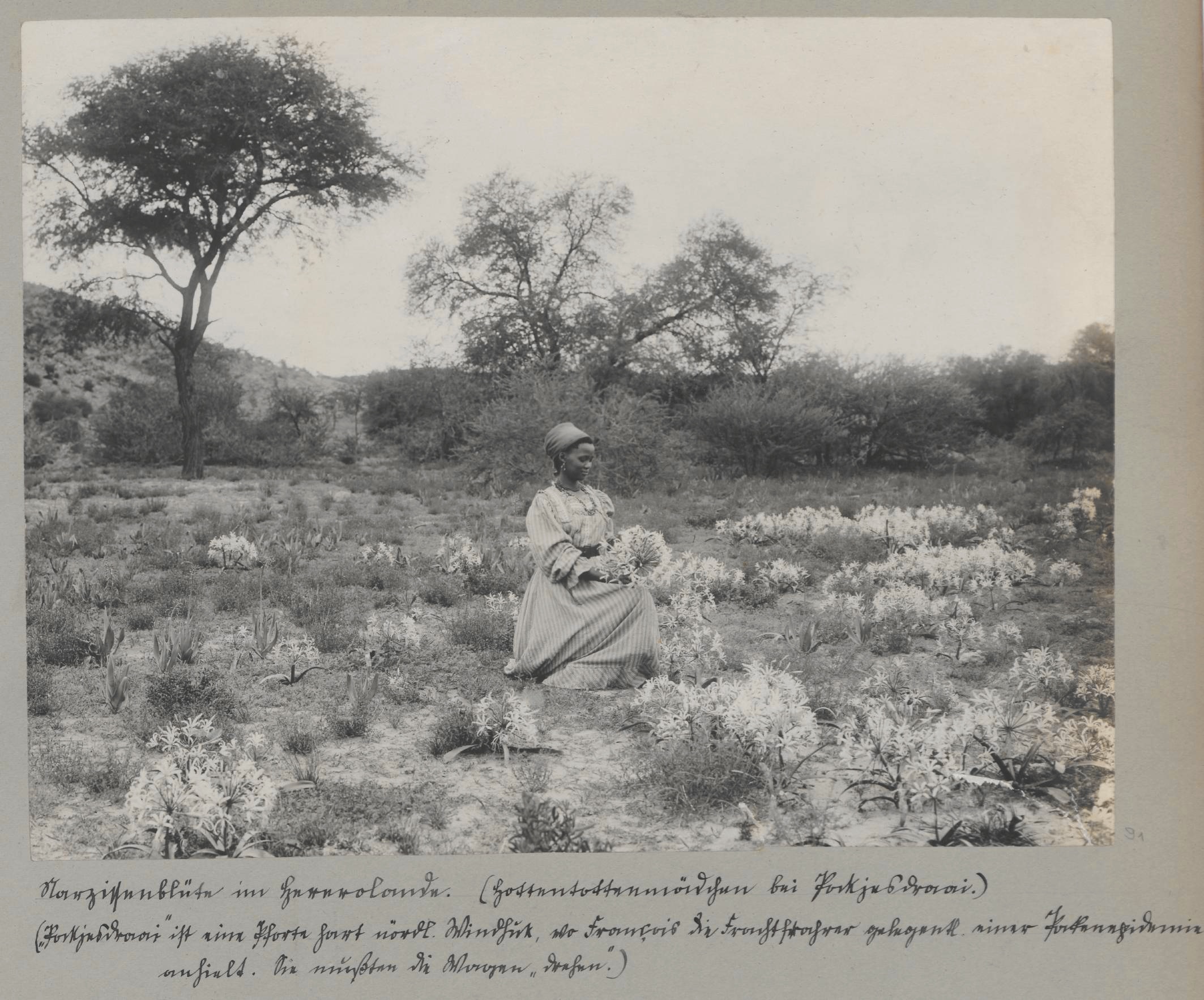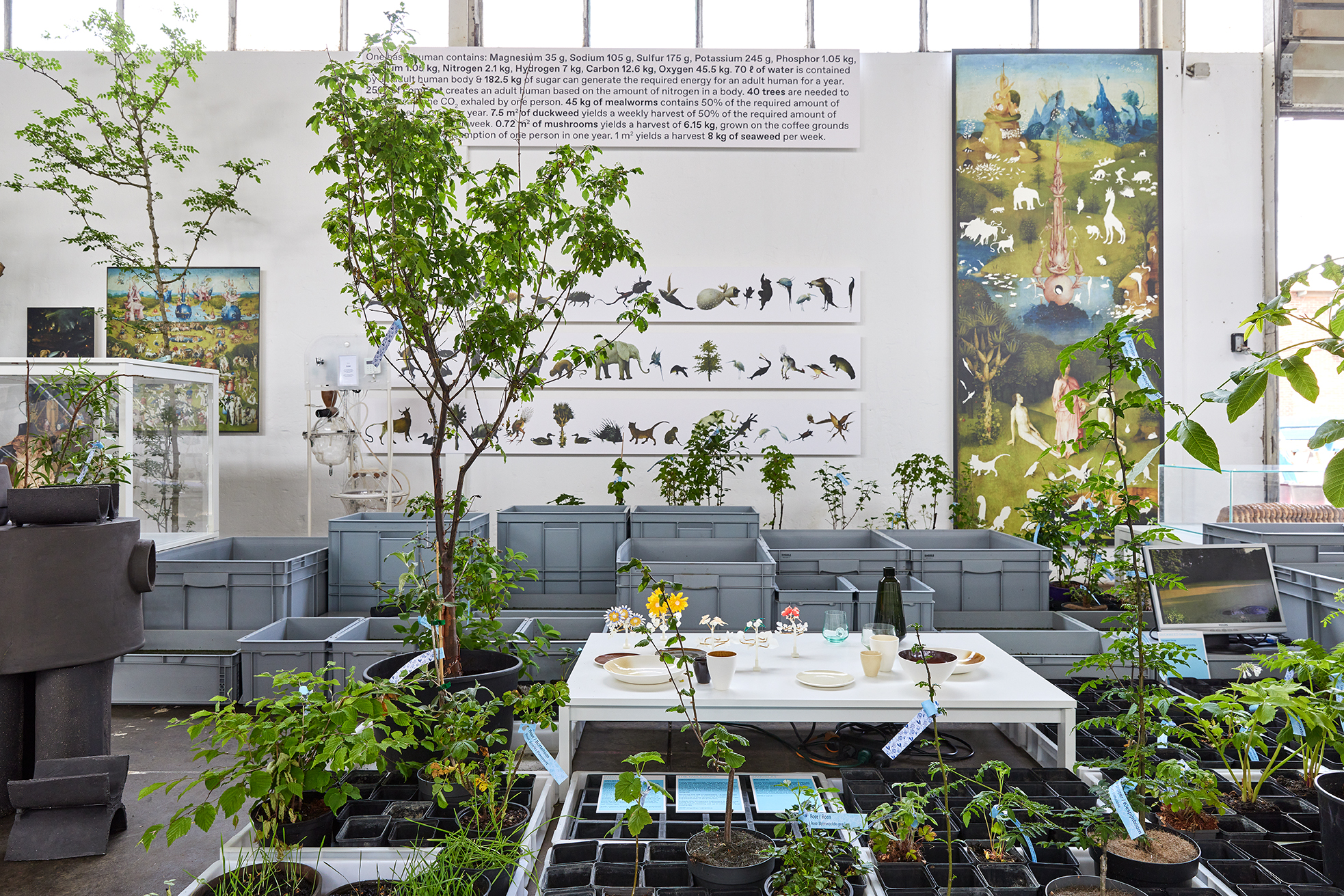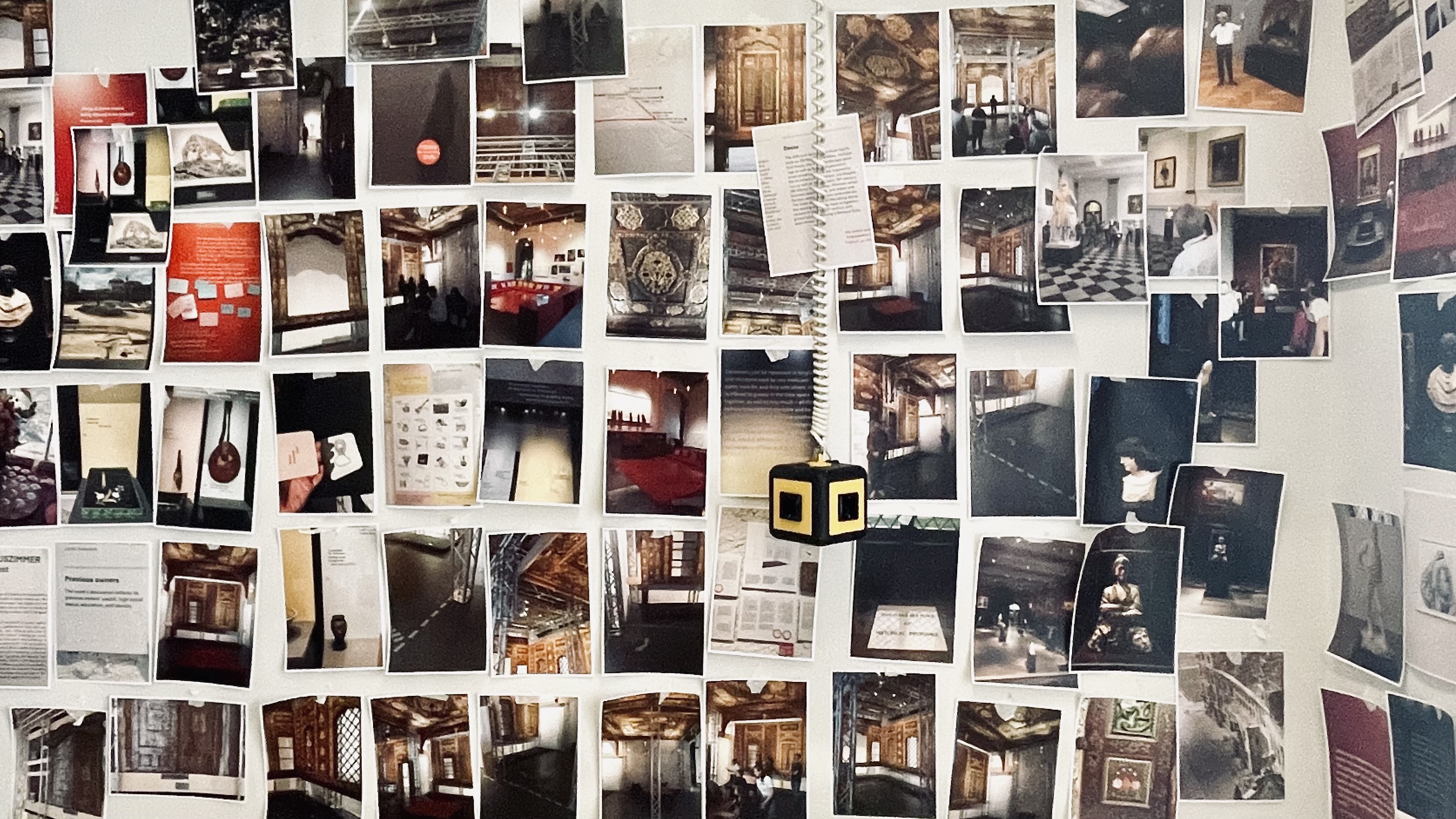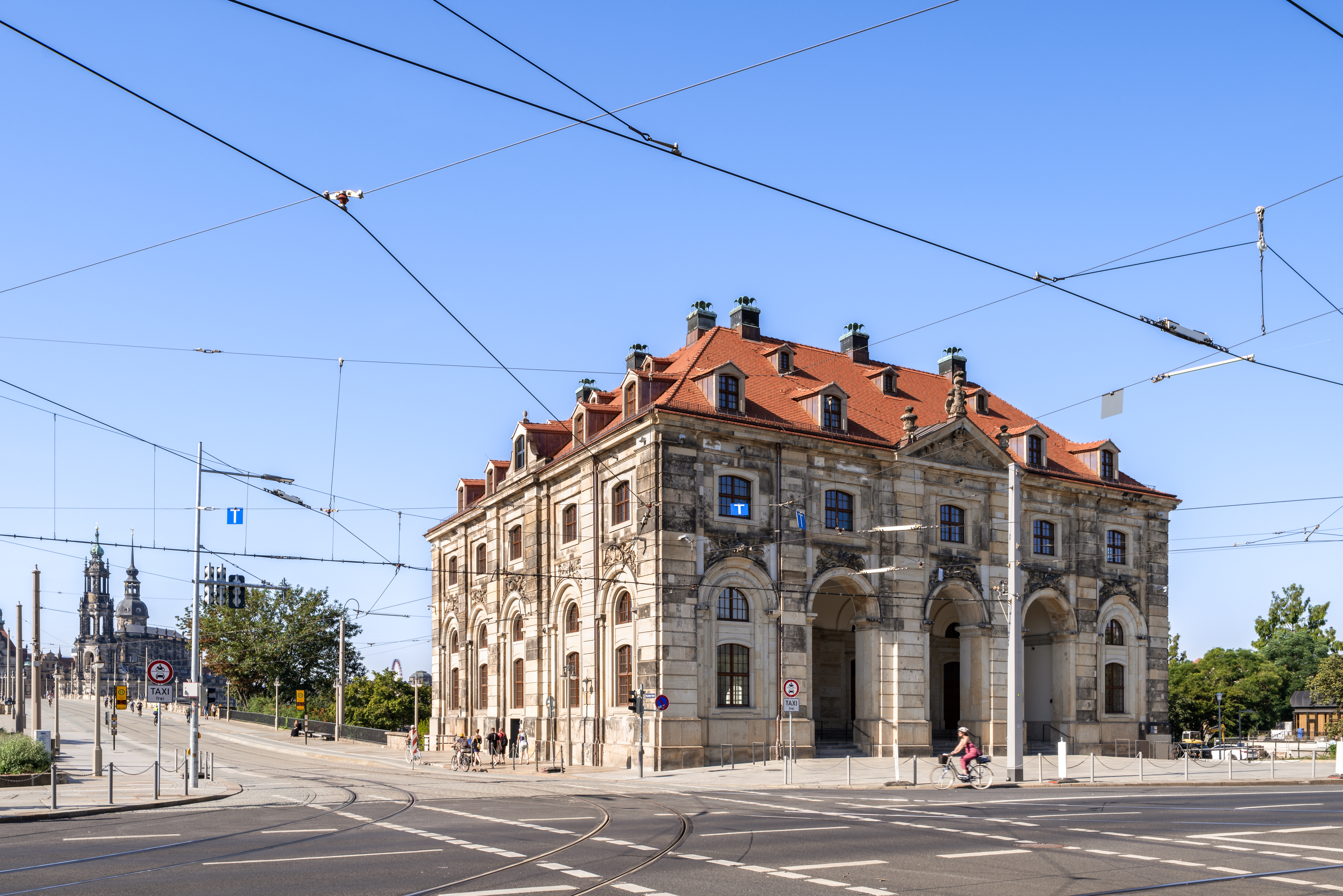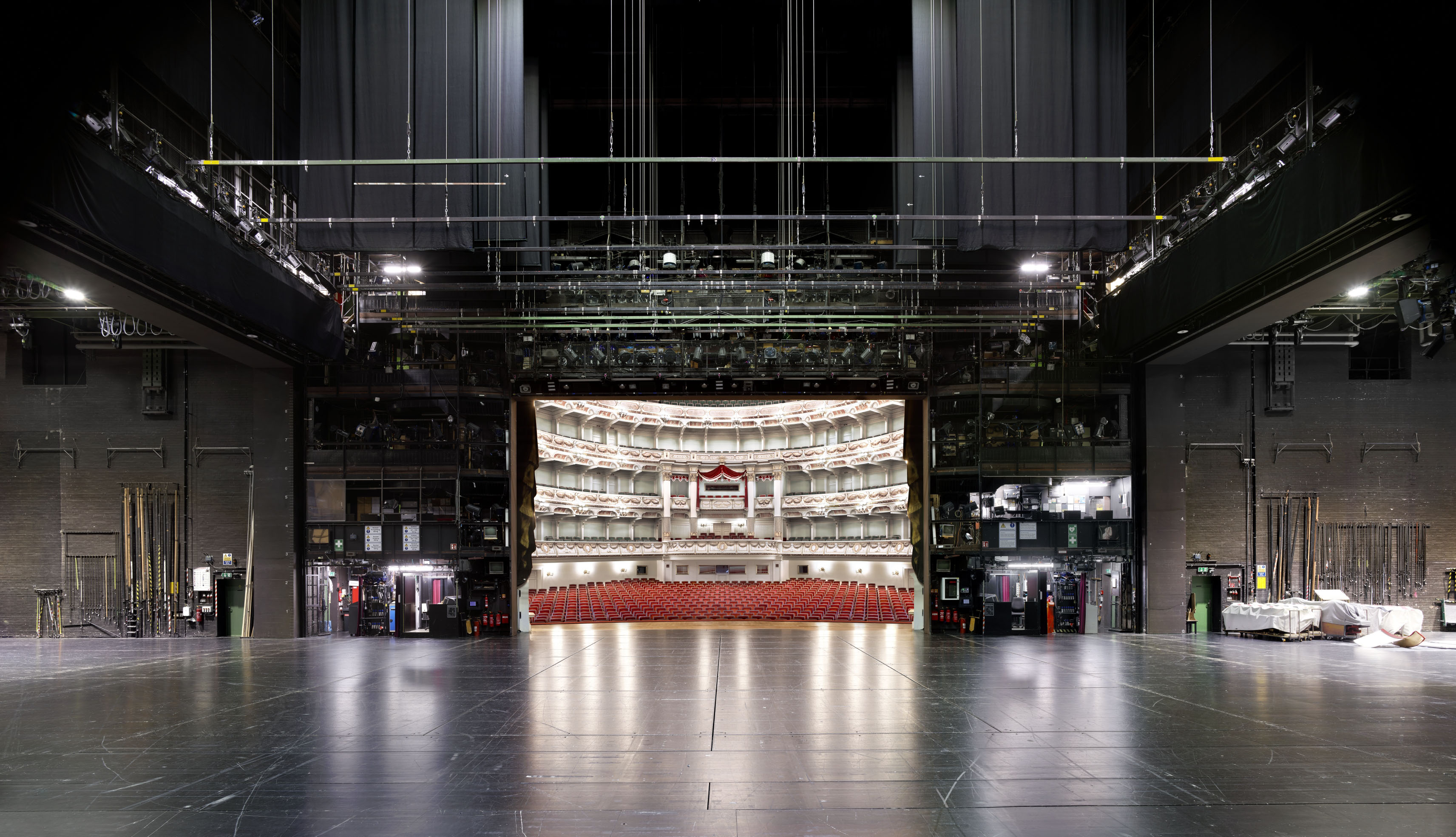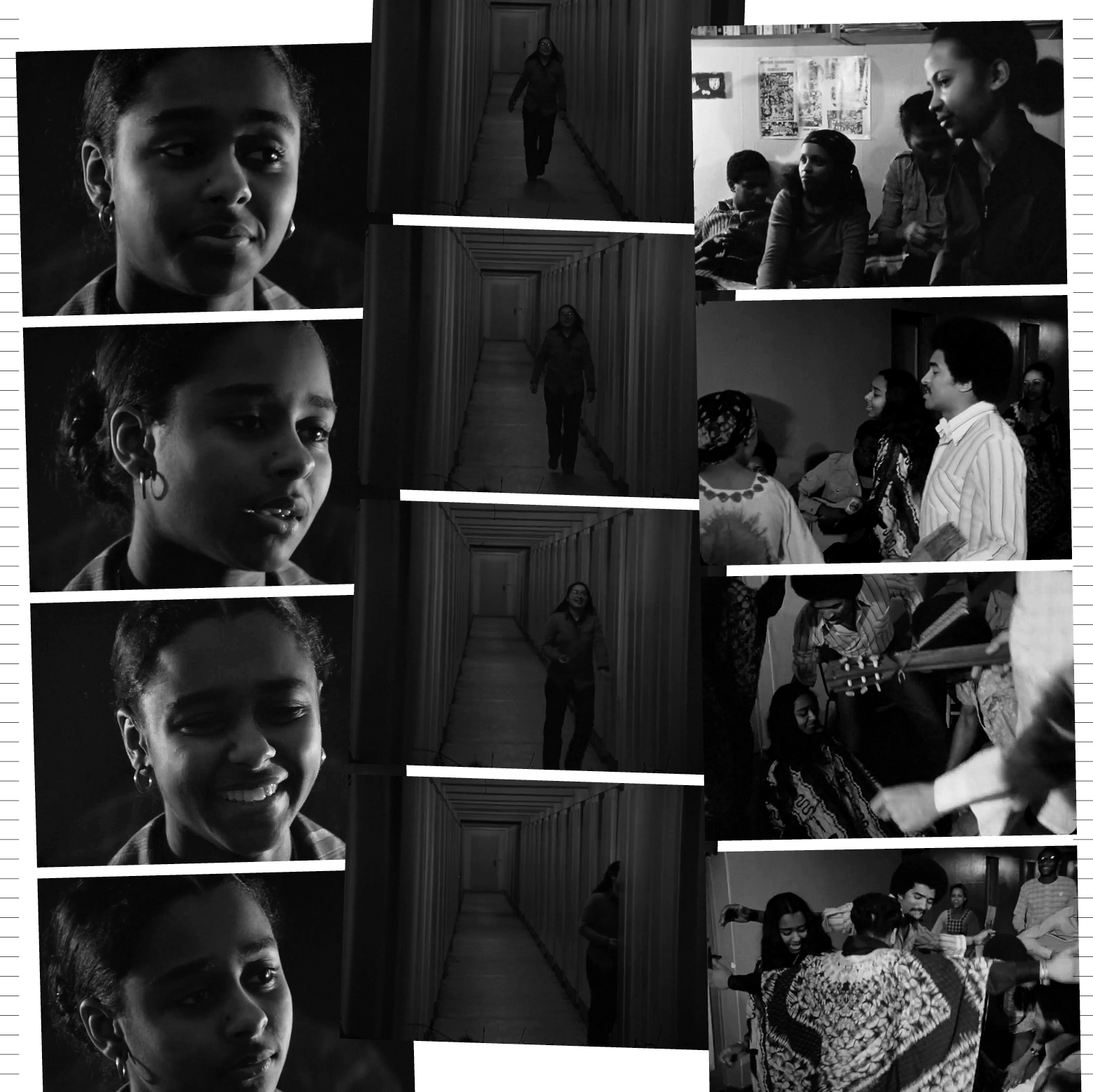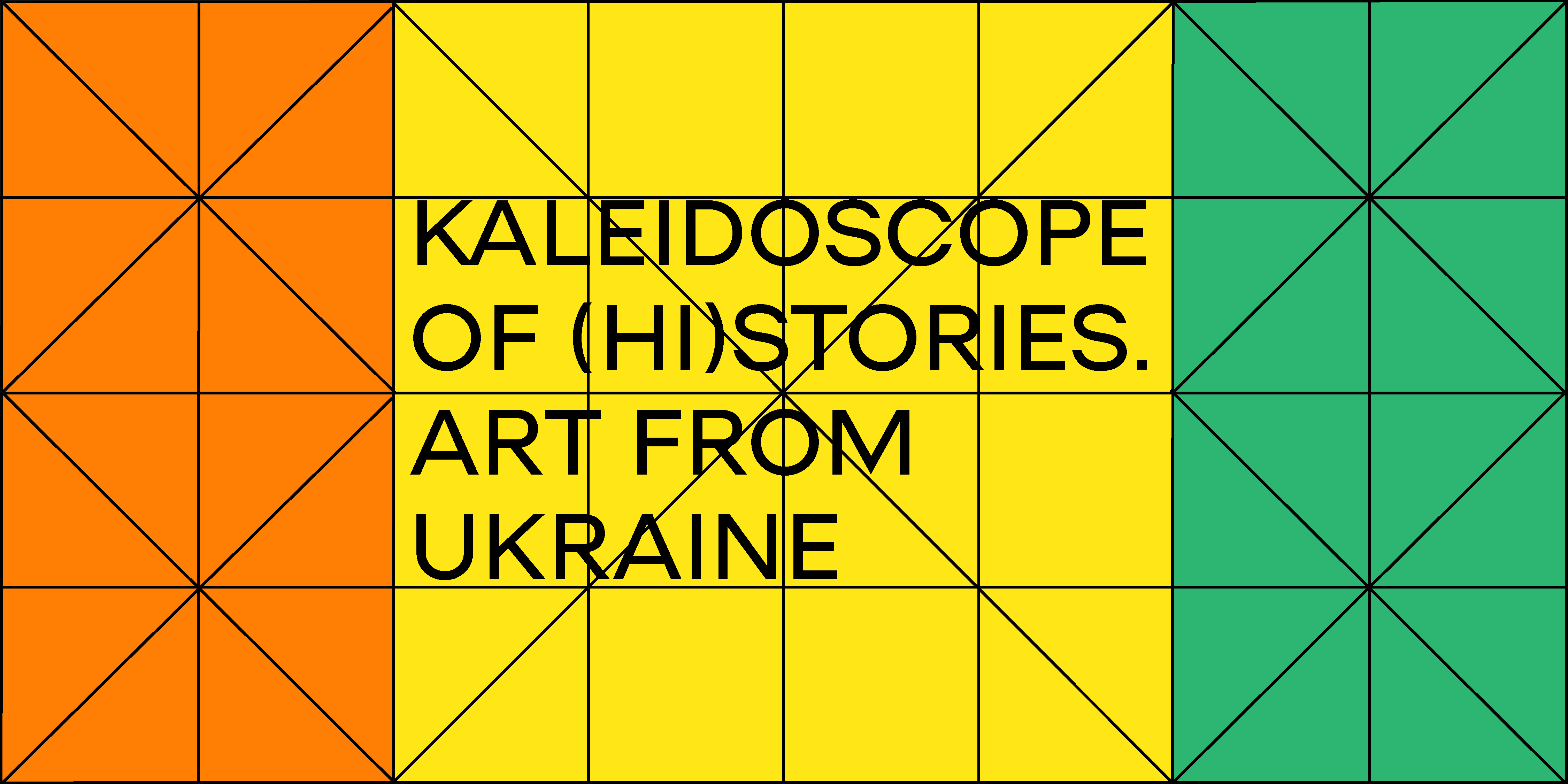Subculture in East and West Germany in the 1980s
July 15–November 19, 2017
Bruehlsche Terrasse, Kunsthalle im Lipsiusbau, Dresden
Taschenberg 2
01067
Germany
Hours: Monday and Wednesday–Sunday 10am–6pm
T +49 351 49142000
presse@skd.museum
As the 1970s came to an end, an alternative artistic scene in Germany—in both the West and the East—stirred up acclaim and recognition through vociferous protest and targeted provocation. Influenced by the punk movement in England, its members rejected virtuoso talent in favour of striving for self-organisation in the spirit of the do-it-yourself ethos; their activities transgressed the artistic and cultural mainstream and societal expectations.
For the Dresden exhibition Geniale Dilletanten. Subculture in Germany in the 1980s, the touring exhibition from the Goethe-Institut has been significantly expanded by an equal focus on the scene in the GDR. The subculture in West Germany meets the contemporaneous East German alternative music and art scene. Defined by their different societal systems, the motivations and articulations of the opposing cultures on both sides of the Iron Curtain differ; yet when juxtaposed with one another, parallels—and even border-crossing points of contact—emerge.
In the GDR during the 1970s and 1980s, crossing the border from one artistic medium to another—from fine art to the production of sound, to Super 8 films, to performance, to text and to theatre—was a strategy of rebellion against the regulations of both the SED-controlled state and the association of artists.
This East German subculture has been documented in images and recordings—some of which have never been exhibited before—as well as selected paintings, graphics, magazines, posters, cassette covers and archival materials (curator: Christoph Tannert). Artists such as A. R. Penck and the Lücke frequentor group, Helge Leiberg, Michael Freudenberg, Klaus Hähner-Springmühl, Cornelia Schleime, Ralf Kerbach, Christine Schlegel, the Dresdner Autoperforationsartisten, Matthias BAADER Holst, Moritz Götze and Tohm di Roes provoked officials and the general public with their wild gestures and demonic performances—as well as with subtle explorations of inner aesthetics. Bands and groups of artists like AG Geige, Ornament und Verbrechen, Zwitschermaschine, 37,2, Pfff..., Rennbahnband, Kartoffelschälmaschine, Die letzten Recken, Die Gehirne and Die Strafe put this radical break from the norm into practice across a sonic spectrum of free jazz, anarcho-jazz, freestyle, noise, punk and Neue Deutsche Welle electro—away from public cultural institutions.
The two-day Intermedia I festival in Coswig, near Dresden, was particularly significant and ground-breaking for the nonconformist scene in the GDR, its process of self-discovery and its search for freedom within an artistic existence. At the festival, which took place in early June of 1985, cross-genre and interdisciplinary painters, musicians from the free jazz and punk scenes, Super 8 filmmakers, performers and dancers worked and performed before an audience of more than 1,000 visitors from every region of the GDR. For the first time, this event has been documented extensively in a film by Thomas Claus, produced specifically for the exhibition.
The centrepiece of the section of the exhibition conceived by the Goethe-Institut (curator: Mathilde Weh)—which is currently touring internationally and has already exhibited in Munich and Hamburg—are seven bands from what was then West Germany: Deutsch Amerikanische Freundschaft (D.A.F.), Einstürzende Neubauten, Freiwillige Selbstkontrolle (F.S.K.), Mania D./Malaria!, Palais Schaumburg, Der Plan and Die Tödliche Doris, as well as a foray into East Germany: the band Ornament und Verbrechen.
With German names and lyrics, they purposely broke away from the English-language mainstream. The pioneers of the scene formed independent record labels, magazines, galleries and clubs. In art schools in particular, a dynamic developed which was characterised by cross-genre experimentation in the search for a new and at times shocking aesthetics. In 1981, a festival took place in the Tempodrom in West Berlin, and the misspelt title of this festival became a synonym for the West German subculture of the early 1908s: “Geniale Dilletanten.”
This alternative scene is depicted using videos, photos, audio samples, record covers, magazines, posters, handmade instruments and stage props. Within the context of the alternative music scene, selected images of the “Neuen Wilden” (by Bernd Zimmer, Helmut Middendorf, Martin Kippenberger and Rainer Fetting) are shown, which helped the figurative painting in West Germany at the end of the 1970s gain new popularity and meaning. Added insight into the scene at the time is given in a number of films, including an interview film produced by Mathilde Weh with protagonists of the time; artist films by Yana Yo, Helge Leiberg, Brigitte Bühler & Dieter Hormel, Norbert Meissner, Christoph Doering and Ramona Welsh, compiled by Florian Wüst; and films about fine arts by Jacqueline Kaess-Farquet and fashion by Knuth Hoffmeister and Reinhard Bock.
Accompanying programme: including a concert with the band Ornament und Verbrechen, talks with artists, guided tours, visits, offers for school classes in the Lernort Albertinum and a podium discussion on the Intermedia I festival.
Curators: Mathilde Weh, Christoph Tannert and Mathias Wagner.
Publication: a publication on the section of the exhibition designed by the Goethe-Institut was released in 2015 (ed. by Leonhard Emmerling, Mathilde Weh/Goethe-Institut e. V., with contributions from Mathilde Weh, Diedrich Diederichsen, Leonhard Emmerling, Ulrich Wilmes, Florian Wüst, Heinz Schütz, Justin Hoffmann and Klaus Walte, German/English, 160 pages, 126 fig., catalogue, ISBN: 978-3-7757-4034-0).
This publication is complimented by a catalogue in which Christoph Tannert presents the alternative scene in the GDR—analogously to the exhibition.
